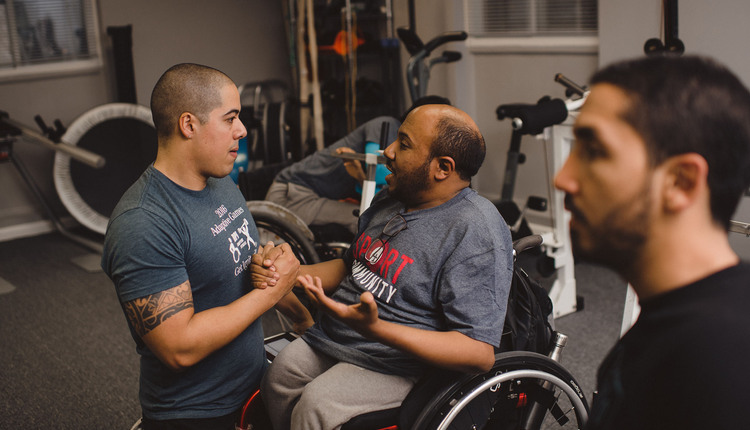
Myth #1: You need a professional website before you start your business.
I grew my business successfully the first 5 years without any web presence (and this was before the Facebook era). While you can create your own website fairly inexpensively to include your bio, contact info and basic details of your services using platforms like Wordpress, Facebook and other social media outlets can serve the same purpose and be just as effective in marketing and building your clientele.
Myth #2: You won’t be able to get your first clients until you have client testimonials to prove your credibility.
Testimonials are incredibly powerful; but your personality and ability to gain trust is even more powerful. Focus on developing relationships with potential clients – people buy from people they know, like and trust first and foremost.
Myth #3: You need a logo, business cards, brochures and other collateral before you can sell your services.
Too many focus on the “stuff” that brands you and your business; but investing time and money on collateral can end up being a waste as your business evolves. Look for simple solutions you can create on your own if you feel you need to be able to physically present information to a potential client. What you do need are simple client-trainer agreements, waiver of liability, client info sheets or a PAR-Q, and a simple invoice template.
Myth #4: You don’t need to get liability insurance when you’re first getting started.
There are aspects of starting your own business you absolutely need to consider seriously. You need to protect your business with sufficient liability insurance be sure you’re covered legally and financially.
Myth #5: When you hire staff, you can hire individuals as contractors to save money.
This is one of the biggest – and possibly the most costly - mistakes fitness business owners commit. Most business owners don’t want to spend the money it costs in payroll, liability, etc. to hire staff as employees (W2) so to save money, they will classify them as contractors (W9). Put simply, it is on the business owner to prove, if audited, that the individual is a bona fide contractor, not vice versa. In the eyes of the state and IRS, individuals are assumed an employee unless the duties and parameters are convincingly that of a contractor and this can be very challenging to do. Save yourself money in potential fees and fines and hire as W2 employees.
Myth #6: The next logical step for your business is to open a brick and mortar studio/gym/facility.
Opening a facility is a goal of many fitness professionals; unfortunately, the audacious goal doesn’t come without the unexpected. Have an honest conversation with yourself about whether you’re keen on all the responsibility that comes along with owning a physical space. Spend time asking storefront business owners what are/have been their biggest challenges and unexpected situations. You may find that you may be better off growing your business in another way.
Myth #7: You don’t have enough money to hire an assistant to help manage the business.
Many fitness business owners end up burning-out because they’re trying to manage all aspects of the business and continue to train clients. Hiring an assistant to help with tasks that are necessary to the business and can ease the burden off of the owner can be a valuable investment. You don’t have to hire someone full-time with benefits, etc. right off the bat. There are plenty of qualified (or at least trainable) people willing to work a handful of hours a week. If you pay $12/hour for 4 hours/week to do invoicing and paying bills that would likely free up four valuable hours for you to market, or do other money-making activities. You can increase hours as the individual can handle more and as you can pay out more.
Myth #8: The more options you offer, the better.
A simple business is a successful business. Offering more membership options, more types of classes, more payment plans, etc. not only makes it more to manage from a business standpoint, but can confuse and turn away customers. Know what you do best and what yields best results; offer 2-3 different options (pricing, programs, etc.) that appeal to your ideal clientele and learn to effectively sell. You’ll attract the right people who value your service.
Myth #9: Always find “new” programs/equipment/challenges to offer your clients.
As business owners, we’re always thinking of “what’s next.” Often what our clients really want is either more of what you’re already giving them, or maybe just a fresh approach. Survey your clients regularly to see what they want more of, less of or what they want to see changed. Solicit ideas from them; many of the best ideas come directly from client feedback.
Myth #10: You don’t need an accountant; you can just manage your own financials.
One of the most sound decisions you make as a business owner is to align yourself with an accountant who understands your business as well as you do. The accountant should also have a general knowledge of the industry, standards, and a deep understanding of how state law applies to your business and your business structure. A solid accountant is worth their weight in gold.






















